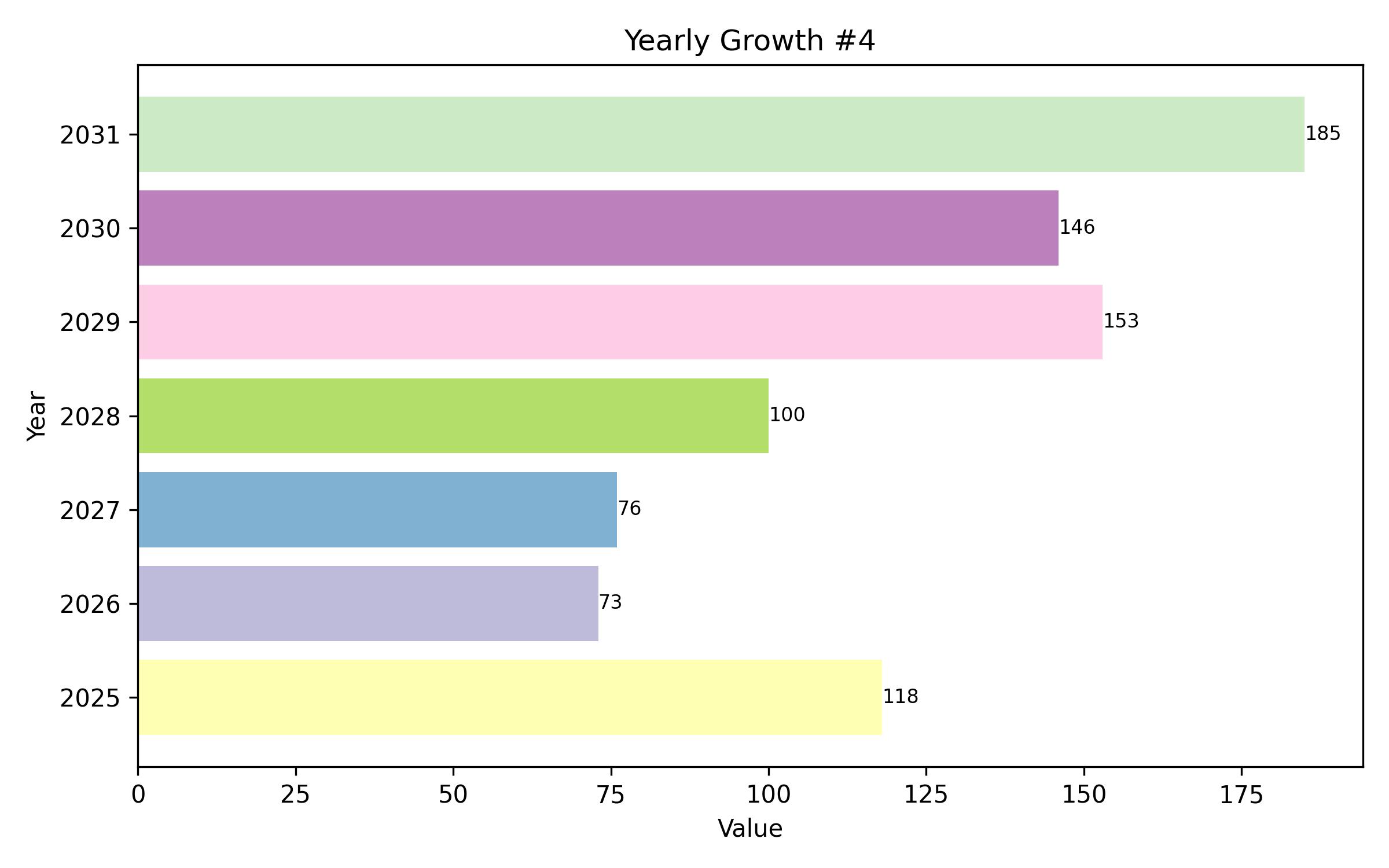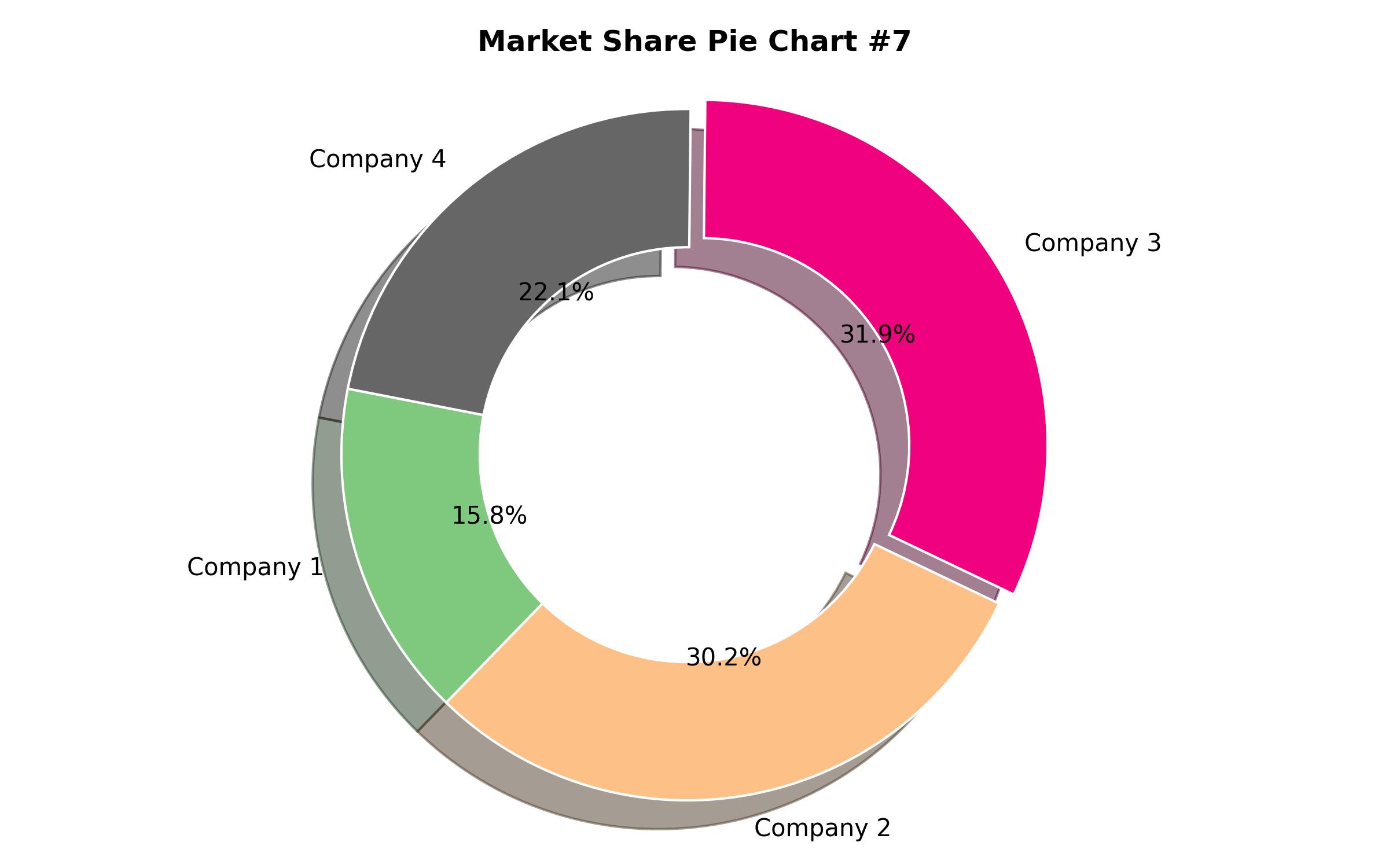Global Phenoxyethanol Industry Assessment and Future Growth Trajectories
Overview:
The global market for phenoxyethanol is poised for considerable expansion, with its valuation estimated at USD 1,815.0 million in 2025. Forecasts indicate a steady compound annual growth rate (CAGR) of 3.3% from 2025 to 2035, projecting the market to reach an estimated USD 2,510.5 million by the end of the forecast period.
This consistent upward trend is primarily fueled by the product’s integral role as a preservative across a wide array of sectors, including cosmetics, personal hygiene items, pharmaceuticals, and domestic cleaning solutions.
Functioning as a potent antimicrobial glycol ether, phenoxyethanol effectively inhibits the proliferation of bacteria, fungi, and yeasts within these products. Its broad-spectrum efficacy and gentler profile compared to some alternative preservatives have significantly bolstered its adoption by manufacturers. The burgeoning demand in cosmetic and personal care markets, particularly in emerging economies, has been a pivotal driver of recent market expansion.
Increased consumer awareness regarding skincare and the imperative for effective preservatives like phenoxyethanol to ensure extended shelf life and product safety have directly translated into higher consumption rates.
Within the pharmaceutical sector, phenoxyethanol is employed as a stabilizing agent in countless formulations, playing a critical role in maintaining the long-term safety and efficacy of medications. The rising global incidence of chronic illnesses and expanding access to healthcare services are consequently boosting demand for pharmaceuticals, indirectly benefiting the phenoxyethanol market.
Moreover, the prevailing consumer shift towards products perceived as more natural or organic has also stimulated manufacturers’ interest in phenoxyethanol due to its more favorable reputation compared to certain other synthetic preservatives. This preference is expected to persist as consumers prioritize products that are not only effective but also offer perceived safety benefits over extended periods.
The market’s trajectory is also influenced by evolving environmental standards and regulatory frameworks. Stricter global regulations regarding preservative use in consumer goods are prompting a migration towards alternatives like phenoxyethanol that are less restricted or prohibited in numerous jurisdictions.
Regions with particularly stringent regulations on cosmetic preservatives, such as the European Union and the United States, frequently see manufacturers opting for phenoxyethanol. As manufacturers navigate regulatory compliance and consumer demands for reliable and safe preservatives, the phenoxyethanol market is strongly positioned for continued growth and relevance in the foreseeable future.

| Report Attribute | Details |
|---|---|
| Market Size in 2025 | USD 1,815.0 million |
| Revenue Forecast for 2035 | USD 2,510.5 million |
| Growth Rate (CAGR) | 3.3% from 2025 to 2035 |
| Base Year for Estimation | 2024 |
| Historical Data | 2019 – 2023 |
| Forecast Period | 2025 – 2035 |
| Quantitative Units | Revenue in USD million/billion and CAGR from 2025 to 2035 |
| Report Coverage | Revenue forecast, company market share, competitive landscape, growth factors, and trends |
| Covered Segments | Application, grade, form, and region |
| Regional Scope | North America, Europe, Asia Pacific, Latin America, MEA |
| Country Scope | U.S., Canada, Mexico, U.K., Germany, France, China, India, Japan, Brazil, UAE, South Africa |
| Key Companies Analyzed | DuPont, Dow, BASF SE, Clariant AG, Ashland Global Holdings Inc., Penta International Corporation, Galaxy Surfactants, Akema Fine Chemicals |
| Customization Options | Free report customization (up to 8 analysts working days) with purchase. Changes to country, regional, and segment scope |
| Pricing and Purchase Options | Customizable purchase options for tailored research needs |

Report Coverage & Deliverables
- Market Trends And Dynamics
- Competitve Benchmarking
- Historical data and forecasts
- Value/Volume analysis
- Company revenue shares and key strategies
- Regional opportunities
This is an indicative segmentation. Please request a sample report to see detail segmentation of this market.
Detailed Market Segmentation
- By Application
- Personal Care and Cosmetics
- Pharmaceuticals
- Household Cleaning Products
- Paints and Coatings
- Textiles
- Others
- By Grade
- Cosmetic Grade
- Industrial Grade
- Pharmaceutical Grade
- By Form
- Liquid
- Powder
- By Region
- North America
- Europe
- Asia Pacific
- Latin America
- Middle East & Africa
Table of Content
- Executive Summary
- Market Introduction
- Market Dynamics
- Key Trends
- Industry Value Chain Analysis
- Market Size Analysis 2019 to 2023 and Forecast 2025 to 2035
- Market Volume Analysis 2019 to 2023 and Forecast 2025 to 2035
- Pricing Analysis
- Market Analysis 2019 to 2023 and Forecast 2025 to 2035, By Application
- Personal Care and Cosmetics
- Pharmaceuticals
- Household Cleaning Products
- Paints and Coatings
- Textiles
- Others
- Market Analysis 2019 to 2023 and Forecast 2025 to 2035, By Grade
- Cosmetic Grade
- Industrial Grade
- Pharmaceutical Grade
- Market Analysis 2019 to 2023 and Forecast 2025 to 2035, By Form
- Liquid
- Powder
- Market Analysis 2019 to 2023 and Forecast 2025 to 2035, By Region
- North America
- Europe
- Asia Pacific
- Latin America
- Middle East & Africa
- North America Market Analysis 2019 to 2023 and Forecast 2025 to 2035
- Europe Market Analysis 2019 to 2023 and Forecast 2025 to 2035
- Asia Pacific Market Analysis 2019 to 2023 and Forecast 2025 to 2035
- Latin America Market Analysis 2019 to 2023 and Forecast 2025 to 2035
- Middle East & Africa Market Analysis 2019 to 2023 and Forecast 2025 to 2035
- Country-wise Market Analysis
- Competition Analysis
- Assumptions and Disclaimers
- Research Methodology
